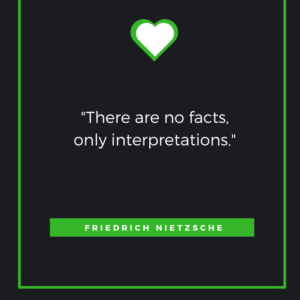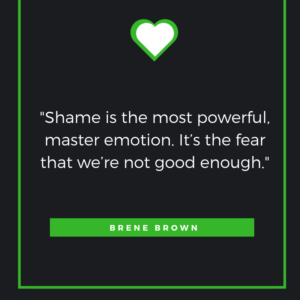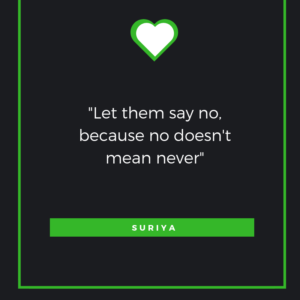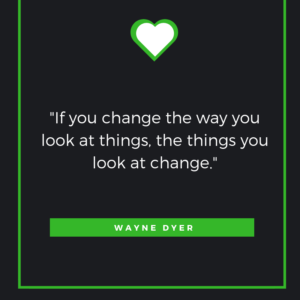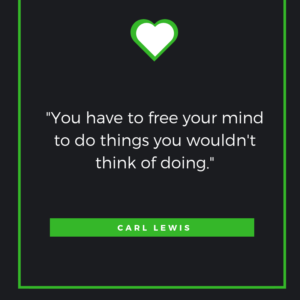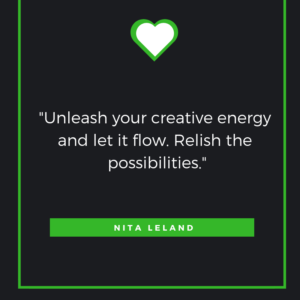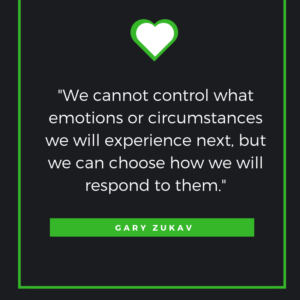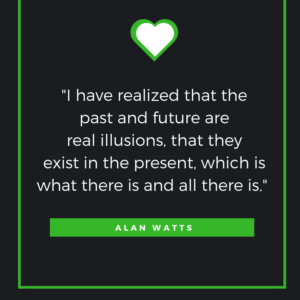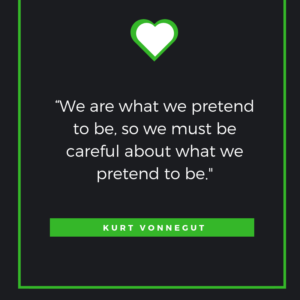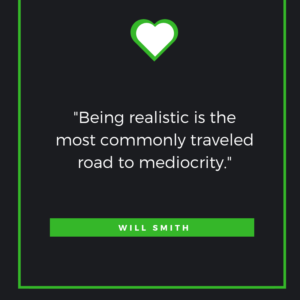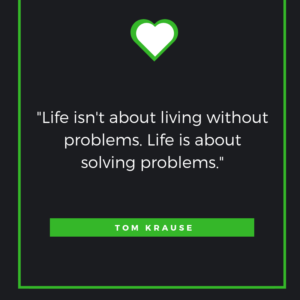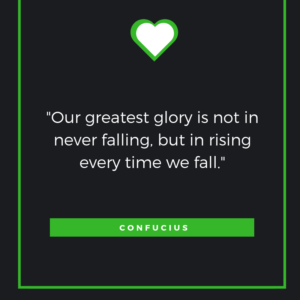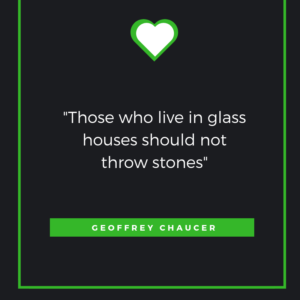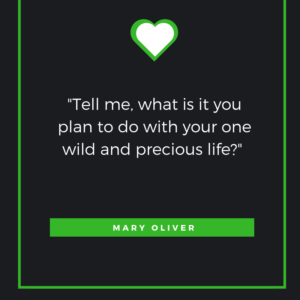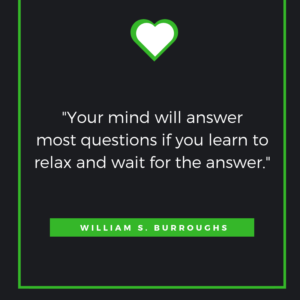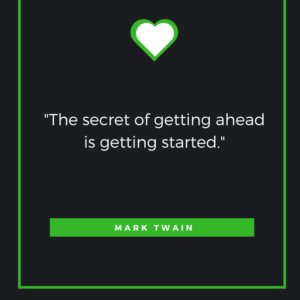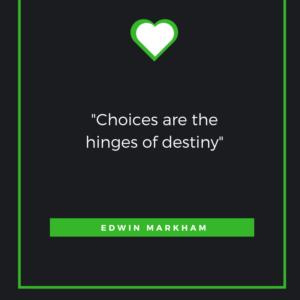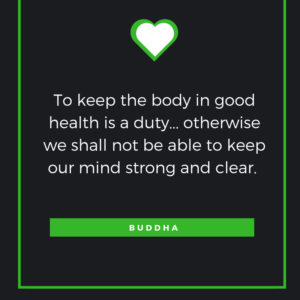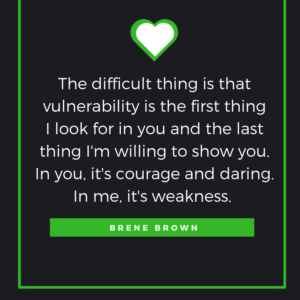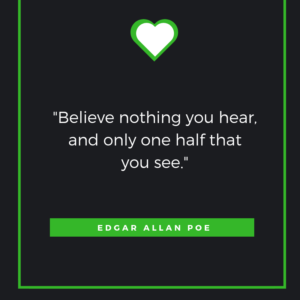
How much information can you get from a sound bite?
Let me rephrase.
How much information do you think you can get from a sound bite?
Sound bites used by broadcast media are designed to lure, tempt, and in many cases make you feel as though you’ve learned something. When the truth is that a sound bite is a thin sliver of information that may or may not be true. Sometimes they can even be rumors on steroids.
The problem with the sound bite is that many people form their opinions about an entire subject just from a sound bite. Or even worse they repeat the sound bite to family and friends while adding their own opinions giving the sound bite additional life, and in some case more credibility.
The sound bite is not only a tool used by media. Many a time individuals will share with you an edited version of an incident or story, that’s usually in their favor, and you will have to make a decision based on limited information whether you choose to believe them or not.
Here’s where things can get a little tricky because a person might not outright lie to you, but they might be attempting to gain your favor, so they ‘conveniently’ leave out important information.
And then they ask you, so what do you think?
And there you are. In your heart and mind you know you don’t have the complete story, but you’re being asked for your opinion based on a semi-factual sound bite.
So, what should you do?
I’m sorry but I don’t know what you should do because it depends on your relationship. What I can suggest is you employ a heavy dose of skepticism. Not outwardly towards the person, but internally. Learn to refrain from jumping to conclusions or heavily weighted opinions. Come to terms with the fact that just like the sound bite, you will rarely know the entire story.
P.S. Thanks for reading! If you enjoyed it please share it with one person you love.
